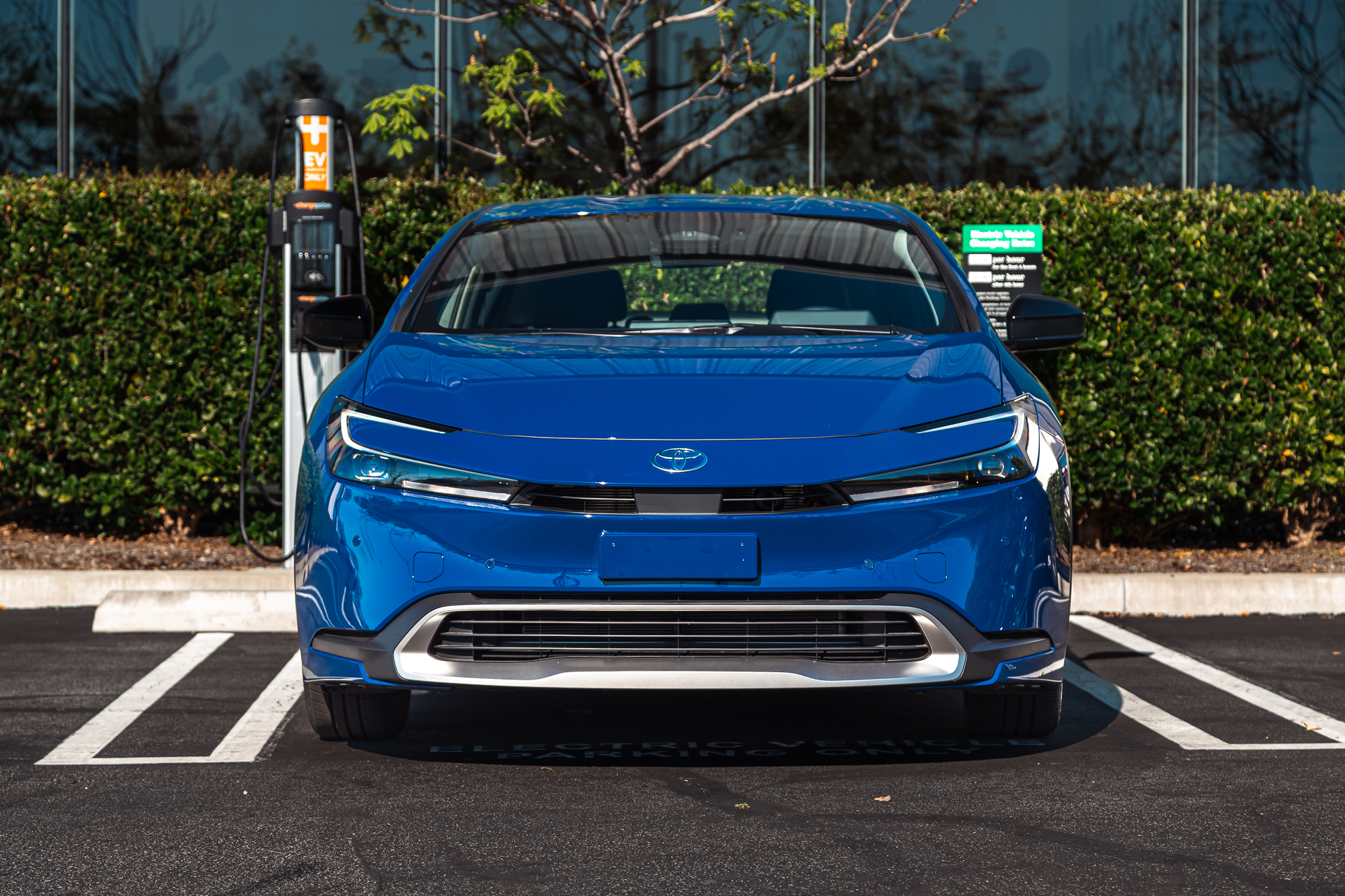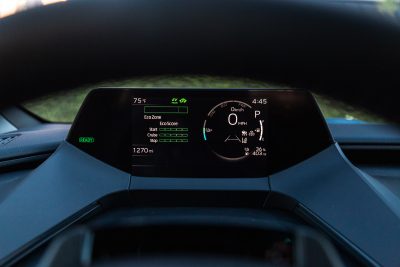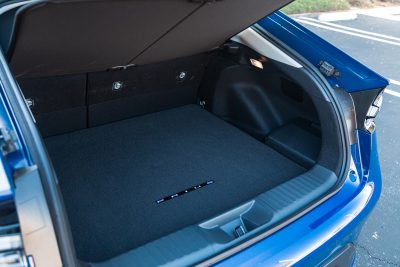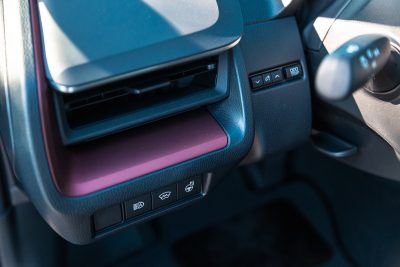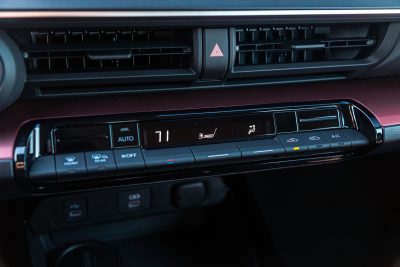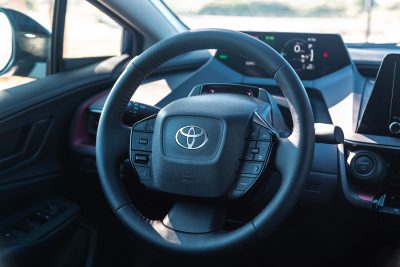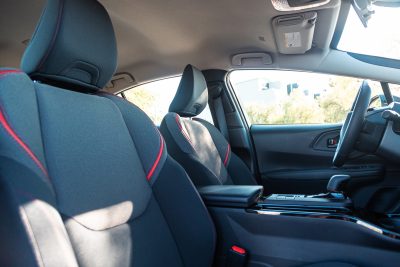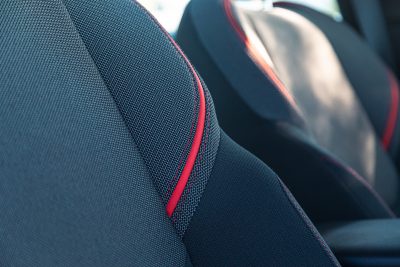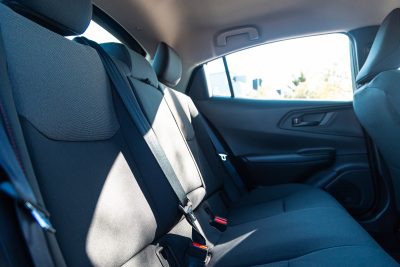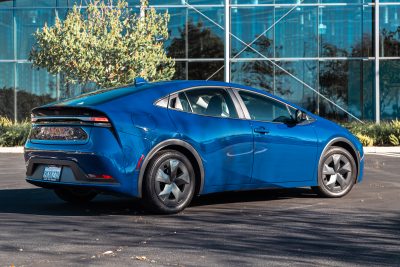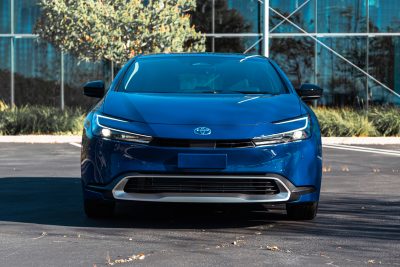What do you do if your unique selling proposition is no longer unique? Well, if you’re Toyota, the answer is: you double down.
It’s hard to believe that Toyota’s Prius has been around for almost 30 years now. While not the first-ever hybrid (that honor goes to the Lohner-Porsche Electromobile of 1900), it was the second-gen Prius (launched in 2003) that first launched eco-chic into the public consciousness, and in doing so forever cemented its place in popular culture.
Today, in 2024, Toyota continues to go all-in on perfecting the hybrid technology first launched with Prius. These days the entire Camry lineup has gone hybrid, and you can even buy a turbocharged Tundra TRD Pro hybrid. And let’s not forget models like the RAV4 hybrid and RAV4 Prime PHEV that simply print money for the brand. But if everything is now a hybrid, does the Prius still matter?
Prius remains an important badge for Toyota, and they poured a whole lotta love into the creation of the latest fifth-gen model. It’s everything the Prius has ever been known for, perfected. And the most efficient of this newest Prius lineup is the car you see here: the 2024 Toyota Prius Prime SE.
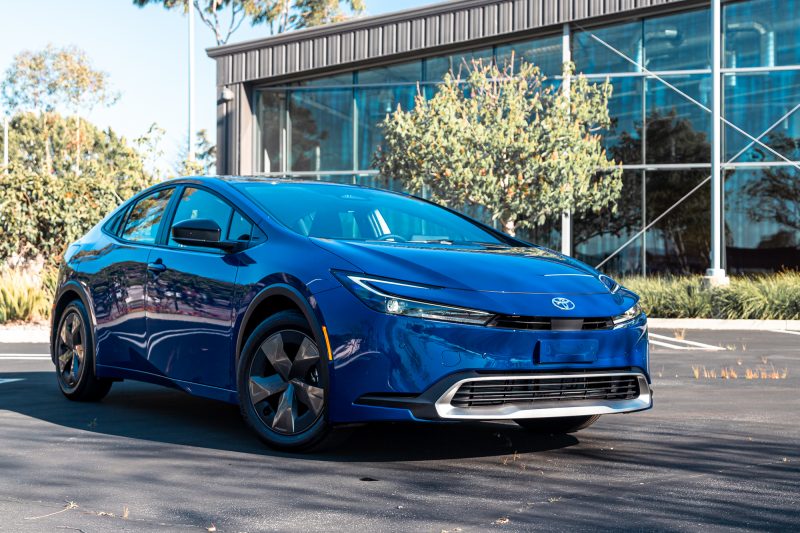
Seriously, this thing looks good.
In a past life I worked for Toyota’s ad agency of record and helped launch the fourth-gen Prius. Even back then, Toyota knew that simply being green (or blue, which was the buzzword at the time) was no longer a differentiator, so the brief was to make the Prius feel cool. But the design, to put it mildly, was polarizing. So much so that Toyota rushed its mid-cycle refresh and created a Prius that was somehow even more boring to look at.
I had left said agency long before the fifth-gen Prius made its debut at the 2022 Los Angeles Auto Show. So I, like every other journalist in attendance, was simply blown away by the Prius’ radical glow up. It’s a concept car made real, sitting low and lean, with wheels aggressively pushed out to the corners. This Prius Prime SE, technically, is the base model of the Prius Prime lineup, so even though it features just one smart key-compatible door handle (for the driver), gets an all-steel roof, and rocks smaller 17-inch alloy wheels (versus the 19s found on other models), it still feels premium. Desirable, even.

Where more tech meets more cost savings
The cabin of the Prius Prime SE is generally a nice place to be, but its mix of tech and cost savings is perplexing. Well, it is to those of us old enough to remember a time when crystal-clear digital displays were exclusively reserved for only the highest-end vehicles.
Get inside any current-gen Prius and the first thing you’ll likely notice is the 7-inch high-res digital gauge display. It’s bright, clean, crisp, clear, and every other superlative you’d apply to a really good screen. But its placement isn’t the best—for me, anyway. When I get things set up to my preferred driving position, the steering wheel covers most of the important stuff, making it almost useless for me. Infotainment duties here are handled by an 8.0-inch touchscreen display which is largely easy to use. As is the case with most LA-based Toyota press cars, much of the cloud-based smart features are locked behind a password-protected account, but at least Apple CarPlay works well.
I love that this cabin gets easy-to-use, real buttons for most functions, and fit and finish is solid throughout. But it’s only when scrutinizing the thing—as we car reviewers are wont to do—that you realize that this Prius Prime SE is setting the tone for the future of base-spec cars. Seats are covered in cloth, which I actually prefer over the modern-day vinyl they call faux leather. Seats are manually adjusted, and though the official Toyota site says that the Prime SE does not get a 60/40-split rear bench seat nor rear cupholders, my specific tester did, in fact, have both. It’s also odd that this car is missing common features like automatic headlights, yet has both rain-sensing wipers and interior driver-monitoring technology. Again, there’s nothing bad here—it’s just that Toyota’s choices are, uh, interesting.
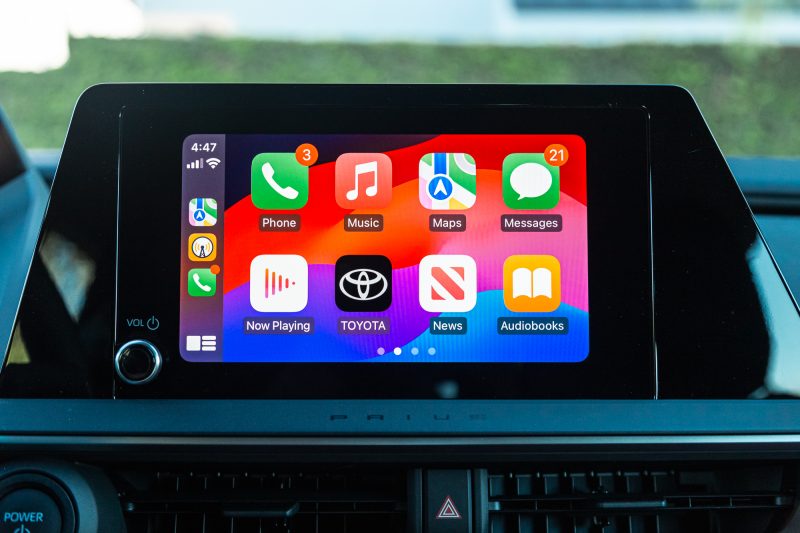
A charged-up powertrain
While this Prius now has the looks to win over a more mainstream buyer, the traditional Prius intender still cares most about facts and figures—especially efficiency numbers. So here you go:
That scripted Prime badge on the rear hatch denotes that this Prius is of the plug-in hybrid variety. So compared to the standard Prius, this one gets a 13.6 kWh lithium-ion battery that, with a full charge, gives this car an EPA-rated all-electric range of 44 miles. Higher-spec Prius Prime models can go just 39 miles on a full charge. Speaking of charging, it’ll take 11 hours to give this Toyota a full charge via a standard 120V household outlet. If you’ve got access to a Level 2 charger, taking that battery from 0-100 will take just four hours.
If you understand the technically-real-but-probably-made-up math that goes into finding MPGe numbers, you’ll also likely be impressed by the Prime SE’s 127 MPGe. Those of us who understand the more traditional EPA cycle will still find a lot to like about this car’s MPG ratings of 53/51/52 city/highway/combined. Official power numbers are also impressive—for a Prius—with a hybrid system net power output of 220 horsepower.
At the end of the day, though, it all still drives like a Prius. Which is to say, it’s not the most exciting thing to drive—especially once the battery drains and the car operates as a standard hybrid. It’s slow to get going, and it doesn’t exactly like going fast. The gas-powered engine delivers a coarseness—both in sound and vibrations—that is typical of Toyota’s other hybrid products. But no one is buying a Prius to go fast—it truly is about the MPG. And in my own observed mix of city and highway driving, this thing easily returned those 50 promised MPG.
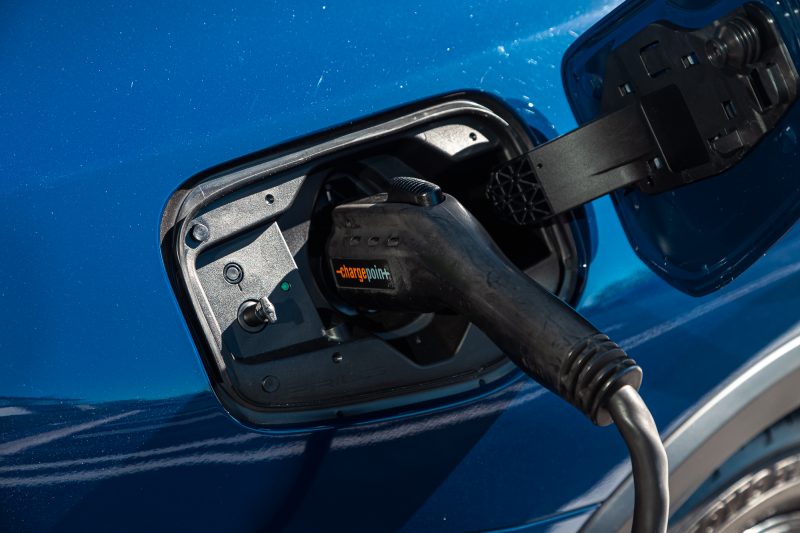
Wait. It costs how much?!
You know how earlier I said that not only is the Prius Prime SE the base-spec model of the Prime lineup, but felt like it too? Well good news: it comes with a base-spec price tag as well. Provided you can find a dealer willing to sell you one at MSRP, that is. The official Toyota website says these things start at $32,975. And at the time of this writing, Toyota is offering an additional $4500 lease cash on these things, which can bring costs down if you’re cool with going the lease-to-buy route. And if you can get a dealer to actually sell you one for MSRP plus incentives, you’ll find that this Prius Prime SE is one heck of a bargain.
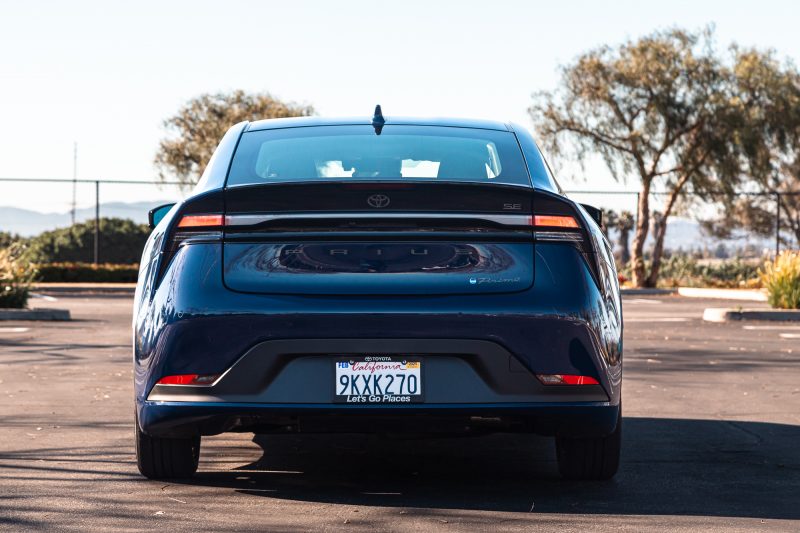
Justin Kaehler has been covering all things automotive for 20 years, and has been an active part of the car scene for much longer than that. Though he’s grown to love all cars, he’s still particularly fond of the ’80s and ’90s Japanese metal he grew up on. And for those of you who grew up playing The Fast and Furious: Tokyo Drift game for the PS2 and PSP, yes, he’s also that JDM Justin.

